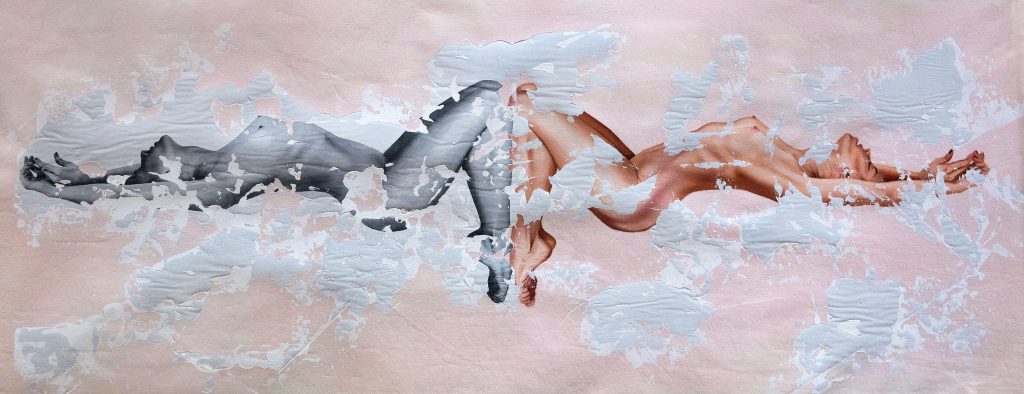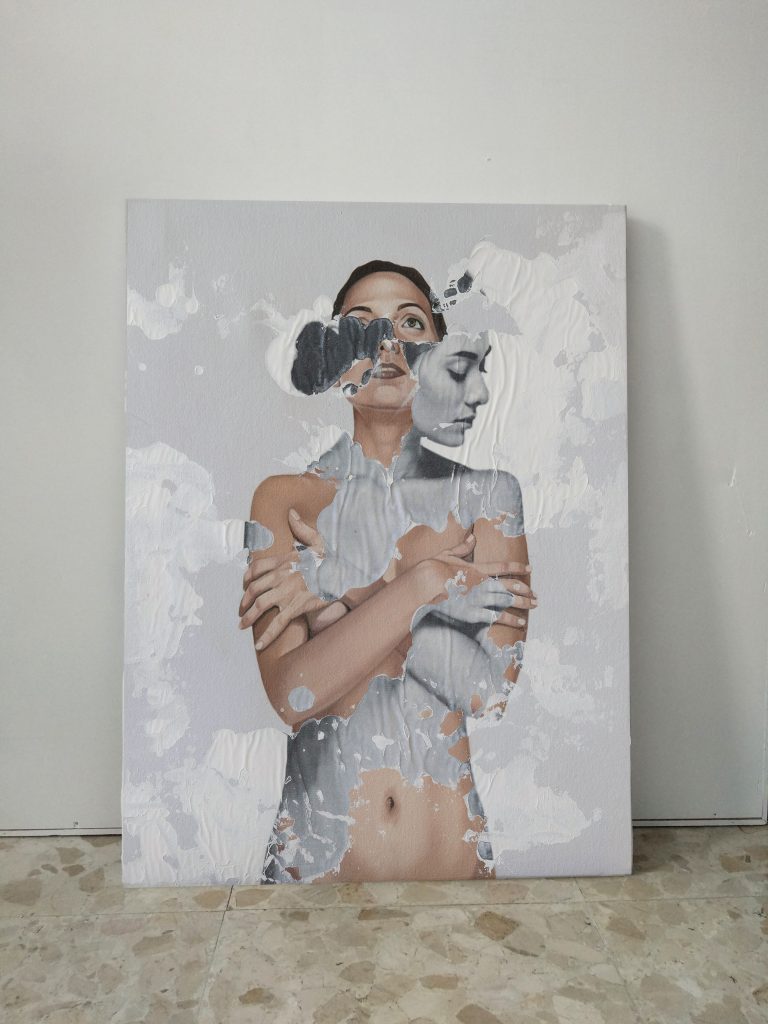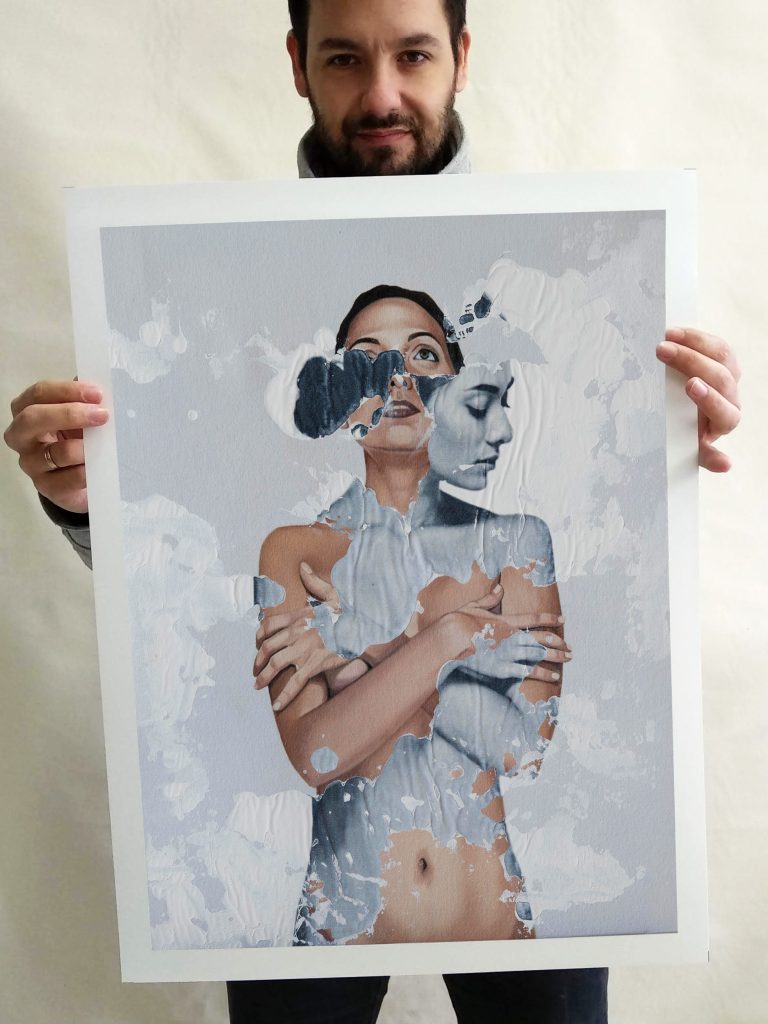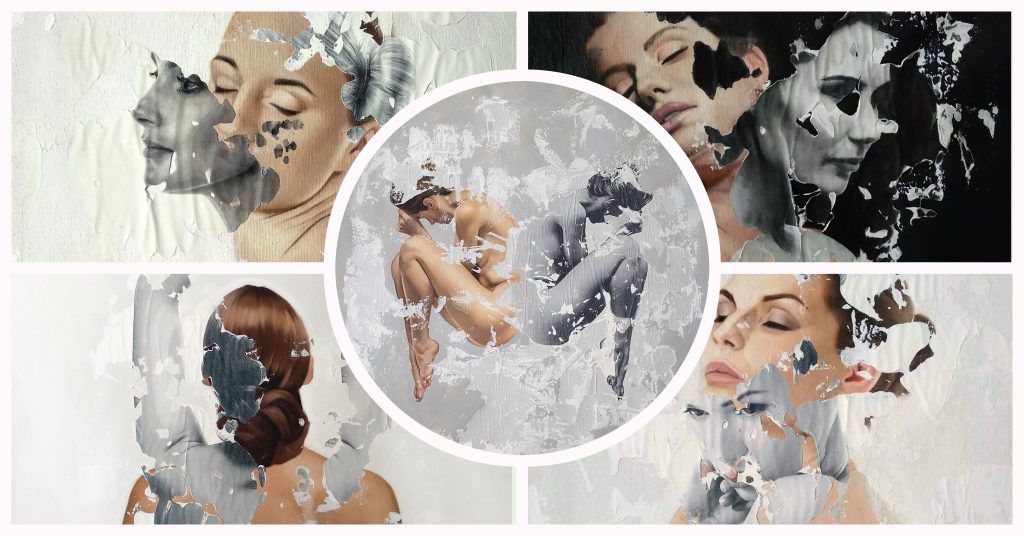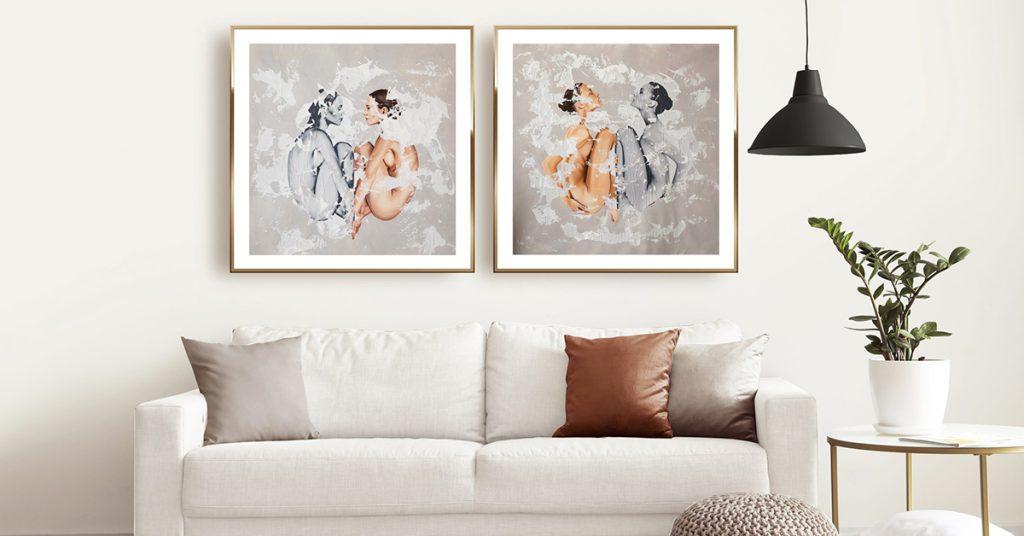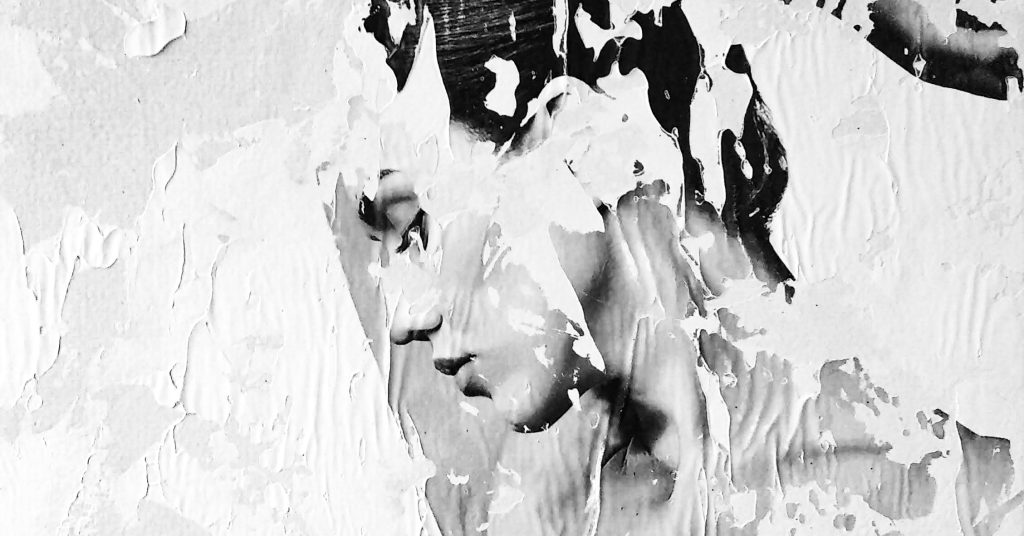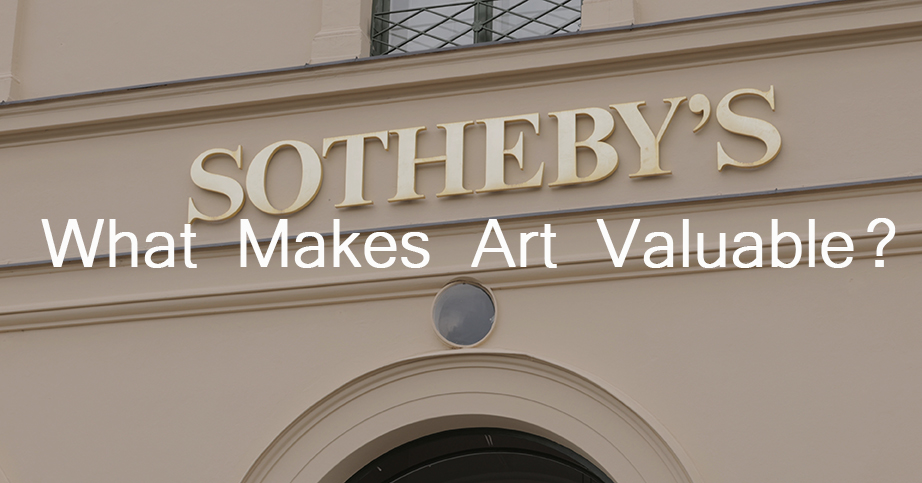
Introduction
Art has been an integral part of human civilization for centuries. It has the power to evoke emotions, inspire ideas, and challenge societal norms. But beyond its aesthetic appeal, art also holds significant monetary value. From multi-million dollar paintings to rare sculptures, art has become a coveted asset in the world of finance.
However, the question remains: what makes art valuable? Is it solely based on its beauty, or are there other factors that contribute to its worth? In this article, we’ll explore the intricacies of value in art and uncover what truly makes art valuable.
Bullet Points:
- Aesthetics plays a crucial role in the value of art, but beauty is subjective, and its perception can vary.
- Rarity and scarcity of artwork, limited editions, unique pieces, and rare materials can significantly impact its value.
- Historical significance, provenance, and age can increase the value of art.
- The art market, supply, and demand, auctions, galleries, and collectors all influence the value of art.
- Cultural and social context, as well as social and political issues, can shape the value of art.
The Role of Aesthetics in Art Value
Aesthetics refers to the study of beauty and how it is perceived. In the world of art, aesthetics play a crucial role in determining the value of a piece. However, the concept of beauty is subjective and can vary from person to person. So, what is it that makes a work of art beautiful? And how does this impact its value?
The Importance of Visual Appeal
Visual appeal is a crucial aspect of aesthetics. The way a piece of art looks can influence its value significantly. This is because the visual appeal of a piece can evoke emotions and convey ideas, which can be powerful tools in the world of art.
The visual appeal of a piece of art can be influenced by various factors, including color, composition, and form. These elements can work together to create a visually stunning piece that captures the attention of the viewer.
fFor instant, Raúl Lara, an artist known for his use of neophotorealism, is a great example of how aesthetics can impact the value of a piece of art. Lara’s works are characterized by their incredible visual appeal, created through his unique use of color, composition, and form.
The Perception of Beauty in Art
While visual appeal is an essential aspect of aesthetics, the perception of beauty in art is subjective. What one person considers beautiful, another may not. This means that the perception of beauty in art can vary from person to person.
However, despite this subjectivity, certain qualities are commonly associated with beauty in art. These include balance, harmony, and proportion. When these qualities are present in a piece, it can be considered beautiful, regardless of individual preferences.
The Impact of Subjectivity on Art Value
The subjectivity of beauty in art can impact its value significantly. Since beauty is in the eye of the beholder, the value of a piece can vary depending on who is looking at it. This means that a work of art may be considered valuable by one person but not by another.
However, while the perception of beauty is subjective, certain objective factors can influence the value of a piece. These include rarity, historical significance, and provenance. These factors can add value to a piece, even if its beauty is not universally appreciated.
Rarity and Scarcity in Art Value
When it comes to determining the value of a work of art, rarity and scarcity can play a significant role. This is because items that are difficult to obtain or unique in some way can be highly sought after, driving up their value. Let’s explore the various ways in which rarity and scarcity can impact the value of art.
The Impact of Limited Editions and Unique Pieces
One of the most apparent ways in which rarity and scarcity can impact the value of art is through limited editions and unique pieces. When a piece of art is produced in limited quantities, it becomes more valuable because of its scarcity. This is especially true if the piece is signed or numbered, as this adds to its exclusivity.
Unique pieces of art, such as one-of-a-kind paintings or sculptures, are also highly valued due to their rarity. These pieces cannot be replicated or reproduced, making them truly one-of-a-kind. As such, they are often highly sought after by collectors and art enthusiasts, driving up their value.
The Rarity of Materials and Techniques
Another way in which rarity can impact the value of art is through the use of rare or unusual materials and techniques. When an artist uses materials or techniques that are difficult to obtain or execute, it adds to the rarity and exclusivity of the piece.
For example, a painting created with rare pigments or a sculpture made from an unusual stone can be highly valued due to the rarity of the materials used. Similarly, a piece that utilizes a difficult or unique technique, such as a specific type of printmaking or glassblowing, can also be highly prized due to the skill and effort required to create it.
The Rarity of Materials and Technique On Raúl Lara´s art
Raul Lara is an artist known for his innovative technique of neophotorealism, which involves the use of digital technology to create hyper-realistic paintings. While his work does not necessarily involve the use of rare or unusual materials, his unique approach to photorealism sets him apart from other artists and adds to the rarity and exclusivity of his pieces.
In his neophotorealistic approach, Raúl begins by the use of photographs of the subject in various postures. He combines these images to create a digital model of the subject, which he uses as a reference for his painting. Later, he adds an image transfer to create a unique work of art that blends elements of painting and photography.
The resulting artwork has a distinct appearance that is a product of the fusion of different techniques. By combining photography with traditional painting methods and image transfer, Raúl creates works that are both innovative and visually striking.
This technique requires a high level of skill and expertise in both traditional painting techniques and digital technology, making Lara’s work highly valued in the art world. While the materials he uses may not be rare, his innovative approach to photorealism adds to the rarity and exclusivity of his pieces, making them highly prized by collectors and art enthusiasts alike.
Overall, the use of rare or unusual materials and techniques is just one way in which the value of art can be impacted. However, in the case of Raul Lara and his neophotorealistic paintings, it is his unique approach and high level of skill that contribute to the rarity and exclusivity of his work, making it highly valued in the art world.
Raúl´s Last Releases Pieces
-
 Tempus Fugit V1.678,00 €
Tempus Fugit V1.678,00 € -
 Tempus Fugit IV1.678,00 €
Tempus Fugit IV1.678,00 € -
 Tempus Fugit III1.678,00 €
Tempus Fugit III1.678,00 € -
 Tempus Fugit II1.678,00 €
Tempus Fugit II1.678,00 €
The Value of Antiquity and Age
Finally, antiquity and age can also play a significant role in the value of art. Items that are considered ancient or historically significant are often highly prized and can fetch significant sums at auction or in private sales.
This is because these items are rare and unique, and they have survived through the centuries, making them even more scarce. Additionally, the historical and cultural significance of these items can add to their value, making them highly sought after by collectors and institutions.
Historical Significance and Provenance in Art
Artworks have been a part of human culture since ancient times, and many pieces have gained significant historical importance over time. The historical context of an artwork plays a crucial role in determining its value in the art market. The provenance of an artwork, which refers to its chain of ownership, also plays a significant role in determining its value. Additionally, authentication and appraisal are essential components of assessing the value of a piece of art.
The Historical Context of Art
The historical context of an artwork can refer to the period in which it was created or the events and cultural influences that were prevalent during its creation. Understanding the historical context of an artwork can provide insight into the artist’s intentions and the message they were trying to convey. Historical significance can also be derived from the impact an artwork had on the art world and society at the time of its creation.
For example, Picasso’s “Les Demoiselles d’Avignon” is a highly valued painting due to its historical significance in the development of Cubism, which was a revolutionary art movement that challenged traditional ideas about perspective and representation. The painting marked a significant shift in the art world and influenced subsequent movements such as Surrealism and Abstract Expressionism.
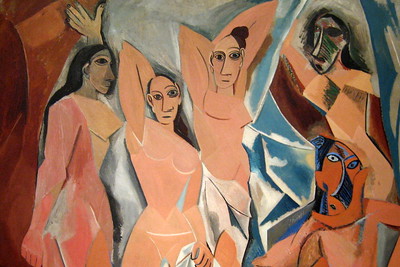
The Importance of Provenance
Provenance is the documented history of an artwork’s ownership and provides a record of its authenticity. The provenance of an artwork can include information about the artist, the original owner, subsequent owners, and any notable exhibitions or sales in which the artwork has appeared. Provenance can also include documentation of restoration or conservation work.
Provenance is critical in establishing the authenticity of an artwork and can significantly affect its value. Artworks with a clear and comprehensive provenance are generally more highly valued than those with an unclear or incomplete history. In some cases, the provenance of an artwork may also have historical significance, such as when an artwork has been owned by a notable historical figure.
The Role of Authentication and Appraisal
Authentication and appraisal are two essential components of assessing the value of a piece of art. Authentication refers to the process of determining whether an artwork is genuine and was created by the artist to whom it is attributed. Appraisal involves the evaluation of an artwork’s value based on factors such as its condition, rarity, historical significance, and provenance.
The authentication process can involve a variety of techniques, including scientific analysis of materials and comparison to other works by the artist. Appraisal can be conducted by art dealers, auction houses, or independent appraisers. An appraisal can provide an estimate of the artwork’s value, which is essential for insurance purposes, estate planning, and sales transactions.
In conclusion, the historical significance and provenance of an artwork are critical factors in determining its value in the art market. Understanding the historical context of an artwork can provide insight into its artistic and cultural significance, while provenance provides a record of its authenticity. Authentication and appraisal are also essential components in assessing the value of an artwork. Together, these factors contribute to the complex and nuanced world of art valuation.
The Influence of Art Market on Value
Art is a form of expression that has been around for centuries, and over time, it has become a valuable commodity that can be bought and sold. The value of art is determined by various factors, including its aesthetics, rarity, historical significance, and the influence of the art market. The art market is a complex system that affects the value of art in different ways. In this article, we will explore the influence of the art market on art value.
The Impact of Supply and Demand on Art Value
The basic law of supply and demand applies to the art market as well. When the demand for a particular artist’s work exceeds the supply, the value of their art goes up. On the other hand, when the supply is greater than the demand, the value of their art decreases. This simple economic principle is a major factor in determining the value of art in the market.
Art collectors and investors also play a significant role in determining the supply and demand of art. When a collector or investor is interested in a particular artist’s work, they will try to acquire as many pieces as possible, thereby increasing the demand for that artist’s work. This, in turn, leads to an increase in the value of their art.
The Influence of Auctions and Galleries on Art Value
Art auctions are one of the primary ways in which art is bought and sold. Auction houses such as Sotheby’s and Christie’s are well-known for selling rare and valuable art pieces at high prices. The prices that art pieces fetch at these auctions often set the standard for the value of similar art pieces.
Galleries also play a significant role in determining the value of art. Art galleries are often the first place where new artists showcase their work. The gallery owner or curator plays a crucial role in determining the value of the art pieces they represent. If an artist’s work is featured in a prominent gallery, it can significantly increase the value of their art.
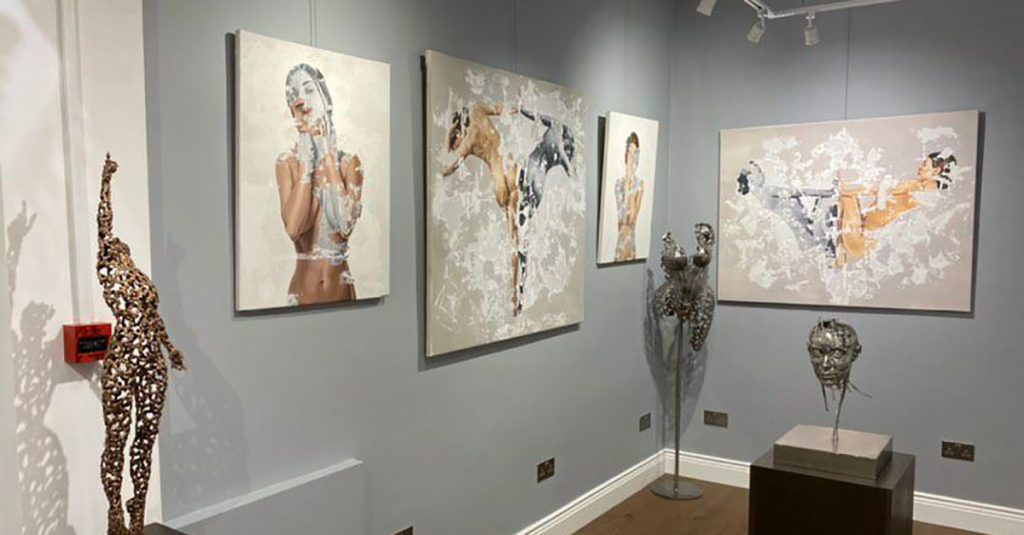
The Role of Art Collectors and Investors
Art collectors and investors have a significant influence on the art market. They are often the ones who drive up the demand for art pieces, thereby increasing their value. Art collectors and investors often purchase art pieces as a long-term investment, hoping that their value will appreciate over time.
The art market is also influenced by trends and fads. A particular artist or style of art may be popular for a period, leading to an increase in the value of their work. However, this popularity may fade over time, leading to a decrease in the value of their art. As a result, it is important for collectors and investors to keep up with the latest trends in the art market.
The value of art is influenced by a complex system known as the art market, which takes into account factors such as aesthetics, rarity, historical significance, and the impact of the art market itself. The art market is shaped by a variety of forces, including supply and demand, auctions, galleries, art collectors, and investors.. By understanding the influence of the art market on art value, collectors and investors can make informed decisions about buying and selling art pieces.
Cultural and Social Context
Art is not created in a vacuum, and its value is often linked to the cultural and social context in which it was produced. Art can be a reflection of the values, beliefs, and ideologies of a particular culture or time period. As such, understanding the cultural and historical context of a work of art can significantly impact its perceived value.
The Significance of Cultural and Historical Context
Art is a product of its time, and its cultural and historical context plays a crucial role in determining its value. Art that is closely tied to a particular cultural or historical moment can become more valuable over time as it gains significance and relevance in the larger cultural landscape. Similarly, works of art that are representative of a particular artistic movement or style can gain value as they become more rare and difficult to find.
The Influence of Social and Political Issues on Art Value
Art has always been a reflection of the social and political issues of the time. As such, the social and political context in which a work of art was created can significantly impact its value. Art that is closely tied to a particular social or political movement or moment can become more valuable over time as it gains historical significance. Additionally, works of art that are seen as controversial or groundbreaking can also gain value as they become more recognized and celebrated within the larger cultural sphere.
The Role of Artists in Shaping Art Value
Artists play a vital role in shaping the value of art. The popularity and reputation of an artist can significantly impact the value of their work. Additionally, the uniqueness and originality of an artist’s style can also affect the value of their work. Artists who are seen as pioneers or innovators in their field can see their work become more valuable over time as they gain recognition and respect within the larger art world.
In conclusion, the value of art is a complex and multifaceted subject that is influenced by a variety of factors. Cultural and social context play a crucial role in determining the worth of a piece of art, as does the reputation and innovation of the artist. Understanding these factors can help collectors and enthusiasts alike to better appreciate and value the works of art that they encounter.
FAQs:
Q. How is the value of art determined?
A. The value of art is determined by a combination of factors, including aesthetics, rarity, historical significance, provenance, age, supply and demand, and cultural and social context.
Q. Is art value objective or subjective?
A. Art value is subjective, as beauty is in the eye of the beholder. However, certain objective factors, such as rarity, age, and historical significance, can influence its value.
Q. Why do some artworks sell for millions of dollars?
A. The high prices of some artworks are a result of their rarity, historical significance, cultural and social context, and the influence of art collectors and investors.
Conclusion
Value in art is a complex and multi-faceted concept. While aesthetics play a crucial role in determining the value of art, other factors, such as rarity, historical significance, provenance, age, and cultural context, also come into play. The art market, including supply and demand, auctions, galleries, collectors, and investors, can also greatly impact the value of art.
Ultimately, the value of art is subjective and varies from person to person. However, understanding the various factors that contribute to art value can help individuals make informed decisions when buying, selling, or collecting art. Whether appreciating the visual appeal, rarity, historical significance, or cultural context of a piece, art has the power to evoke emotion, inspire creativity, and connect individuals to their past and present.
Art is not just a commodity but a reflection of human culture and creativity. As we continue to appreciate and invest in art, it is important to recognize the various factors that contribute to its value and significance in our world.
“Art is the lie that reveals the truth.”
Henri Matisse

